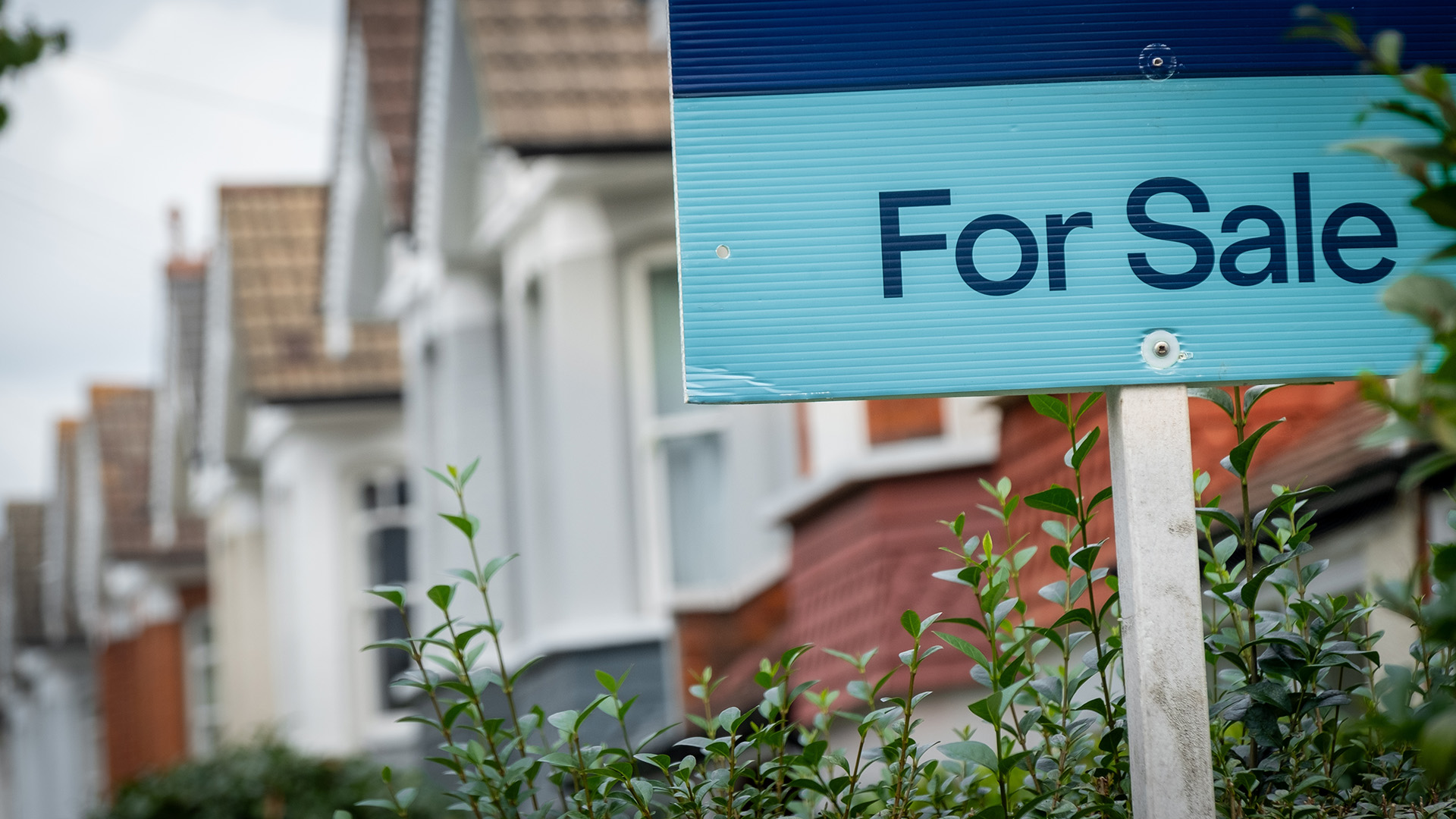As expected, building approvals continued their volatility as a statistical series, with a drop of 6.5% in June, after May’s surprise 5.7% gain.
June’s fall helped push total approvals down to their lowest annual total in 12 years, according to Australian Bureau of Statistics data released on Tuesday.
The fall was attributed to high interest rates, weakening incomes, and rapidly rising house prices, which have marginalized many new home buyers or builders.
And, as usual, the culprit (besides slow local government bodies) for the drop in June was approvals for non-private dwellings such as units and townhouses, which dropped 19.1% to 3,918.
These continue to be volatile, with local government approvals bunching or slowing at various times during the year—though with June ending the 2023-24 financial year, you would have thought councils would have wanted to clean the slate.
Non-private dwellings were down 22% for the year to June, which helped push total approvals down by 3.7%.
In contrast, approvals of private dwellings only dipped 0.5% to 9,078 and were up 11% in the 2023-24 financial year.
May’s gain was revised upward to 5.7% from the first reported 5.5%, but the number of approvals fell by 11.
Daniel Rossi, ABS head of construction statistics, said on Tuesday: “Over the past 12 months, there have been a total of 162,892 dwellings approved, compared to 177,936 in the 12 months prior, representing an 8.5% decrease in original terms. This is the lowest number of dwellings approved on a financial year basis since 2011-12.”
“Private sector houses fell by 0.5% in June. The fall was mainly driven by New South Wales, which fell 19.0%. With the latest figure of 1,597 private houses approved, this is the lowest recorded figure for New South Wales since January 2013,” Mr Rossi said.
Material and labor shortages continue to impact the housing sector, with the average approval value for new houses rising by $19,444 between June 2023 and June 2024.
Mr Rossi said the fall in private sector dwellings excluding houses in June saw them reach “the second lowest monthly level recorded since January 2012.”
“The June figure represents a yearly fall of 22.1% compared to the same month last year. Conditions for apartments remain challenging owing to high construction costs and higher interest rates.”
In original terms, there were 29,388 apartment units approved in the 12 months to June 2024, compared with 40,443 in the previous 12 months.
Total residential building value fell 0.6% to $7.61 billion, following a 2.7% rise in May. The value of new residential building fell 2.3% (to $6.44 billion).
But the value of residential alterations and additions reached an all-time high of $1.17 billion in June, rising 10.2% in seasonally adjusted terms, according to the ABS.
That was probably due to local governments pushing through approvals by the end of the financial year.














